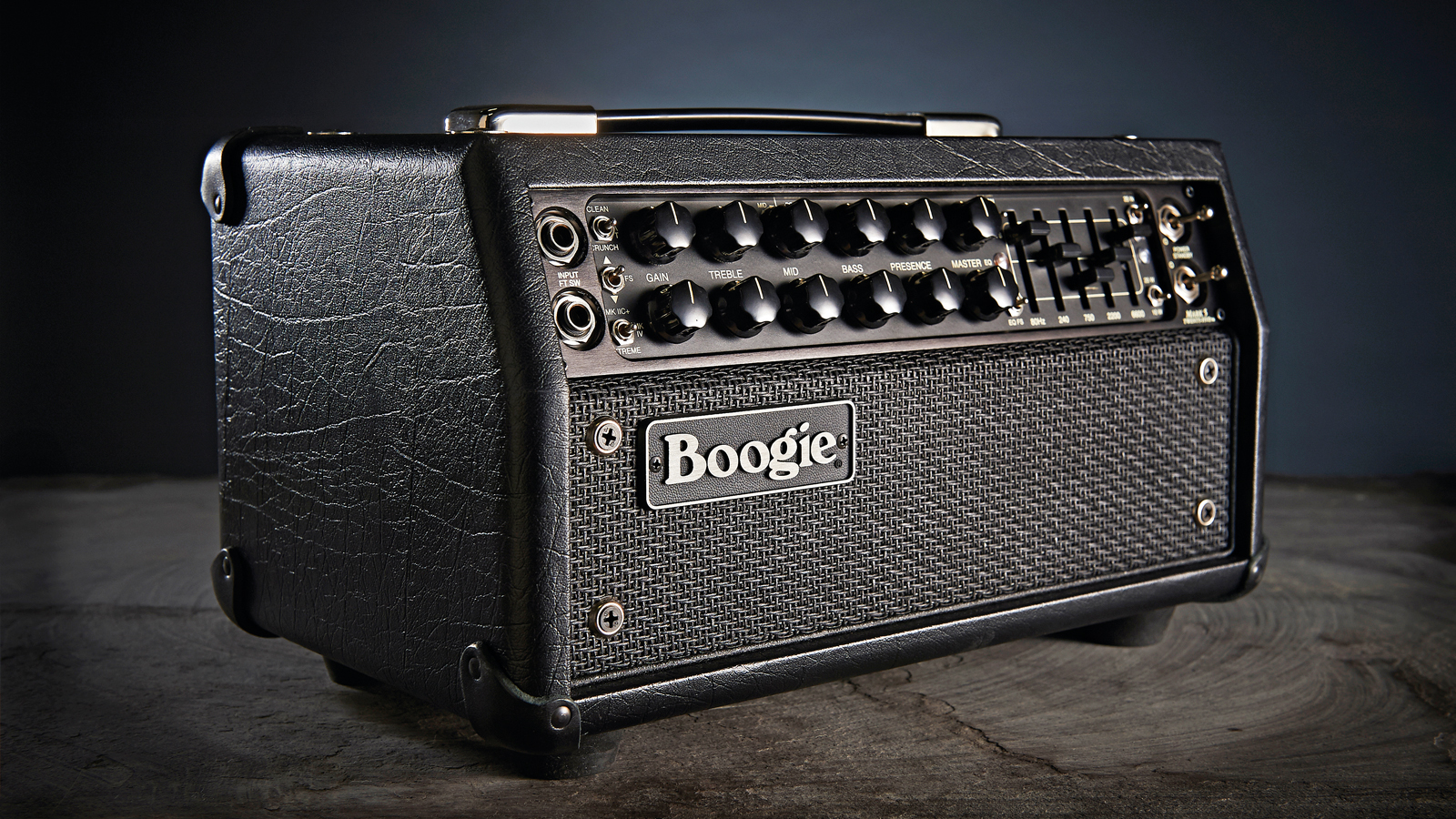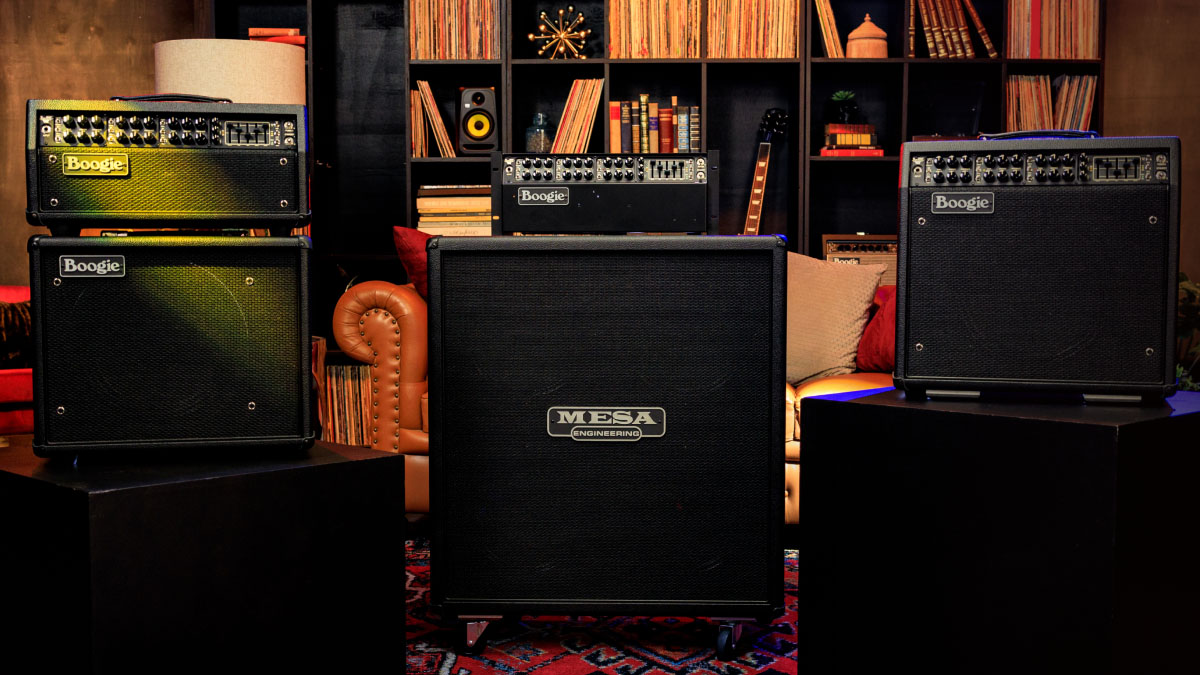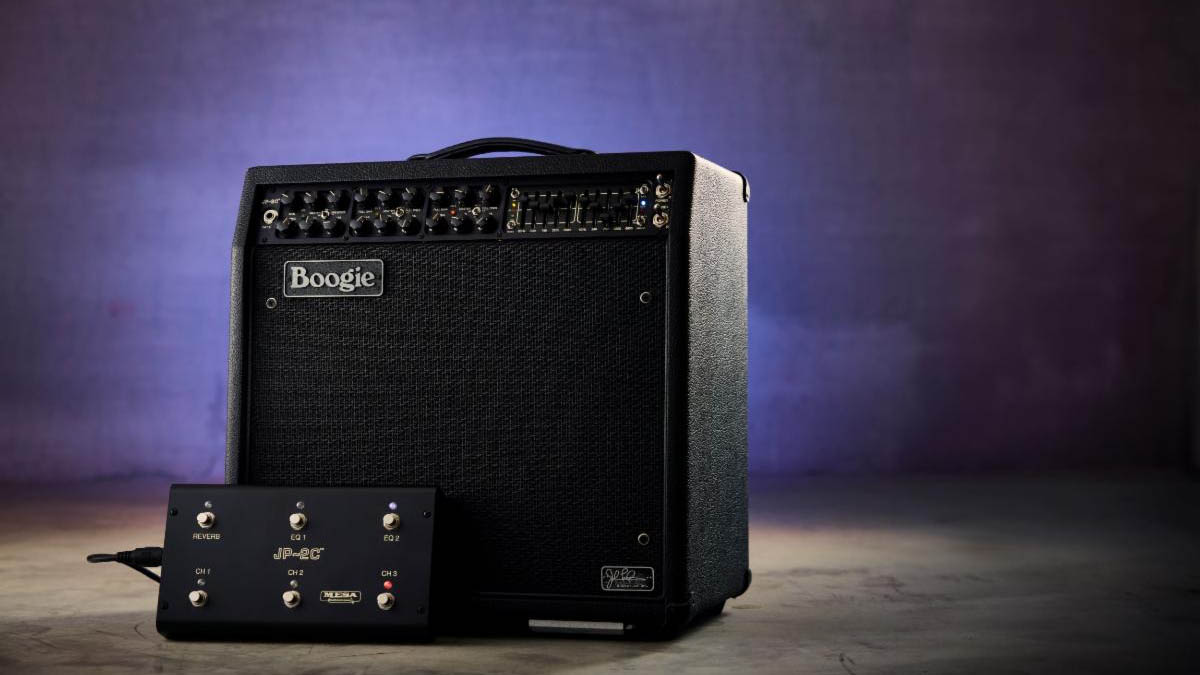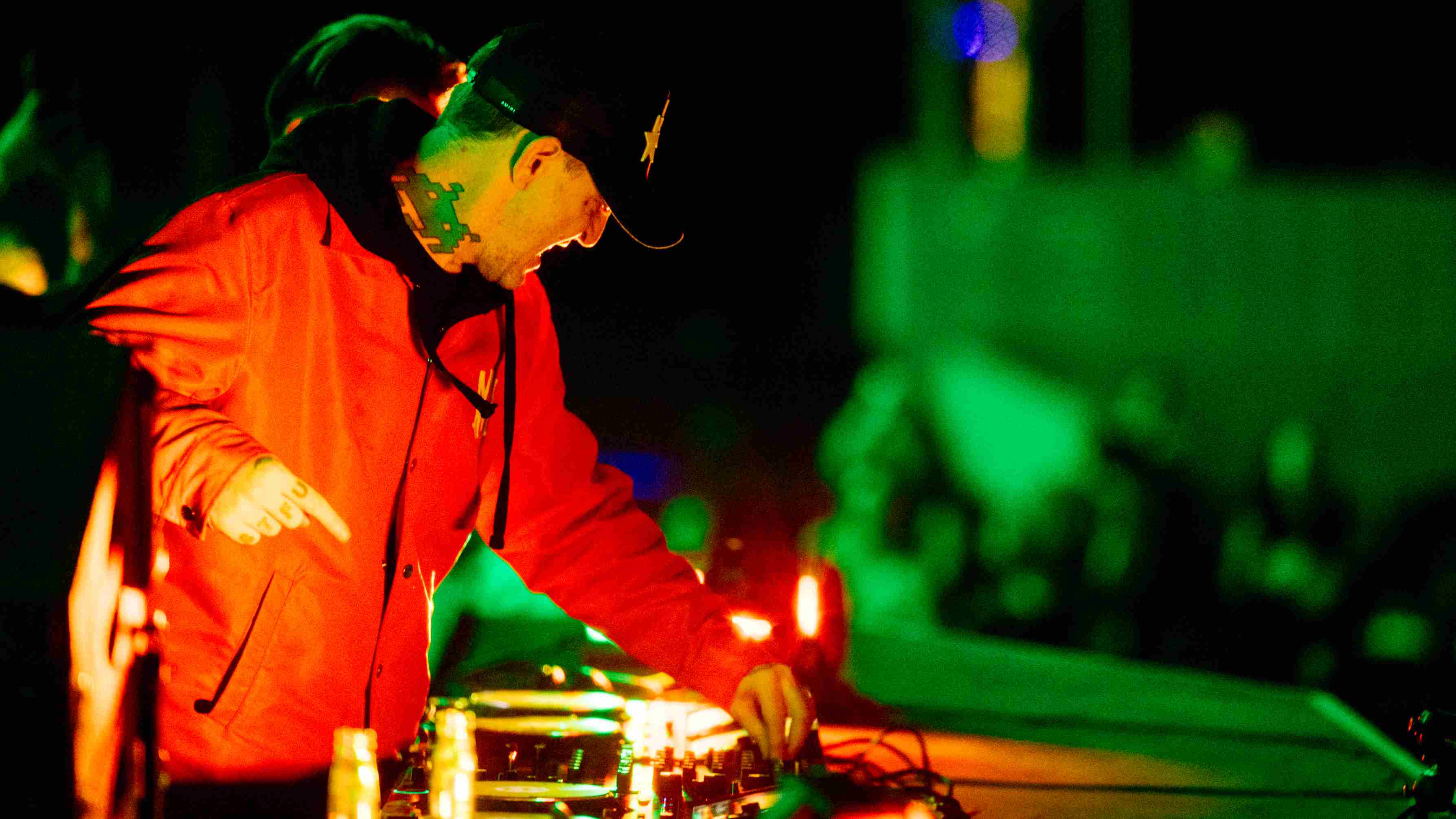“Randy, and his original design ideas, will continue to inspire us”: Gibson confirms exit of Mesa/Boogie founder and legendary ‘boutique’ guitar amp designer Randall Smith
It’s the end of an era as Smith parts company with the Mesa/Boogie brand he founded 55 years ago

Gibson has announces that Randall Smith, Mesa/Boogie founder and legend of guitar amp design. has left the company. In a statement, Gibson, which acquired Mesa/Boogie in January 2022, said that it would “continue to celebrate the legacy” of Smith, who has spent the last 55 years of his life pushing the boundaries in amp design.
Rumours have been circulating on the internet that Smith had been fired, or that he had retired. Gibson did not expand upon the reasons behind his exit but Doug West, director of R&D at Mesa/Boogie, said the company had been preparing for it.
“We’ve all talked about this day and have prepared for it in many ways over the years, but Randall Smith is a ‘force of nature’, and you can’t imagine it coming to fruition,” he said. “Now, I reflect on the fact that few in this world ever get the chance to be mentored, coached to excellence and to perform at their consistent personal best in the ways our design team, and everyone here at Mesa/Boogie, have under his tutelage.”
Whatever comes next for Smith, his name will be forever synonymous with high-end guitar amps. He got his start doing amp repairs out of Mill Valley, California, in 1969. Hotrodding Fender tube amps he found a new sound that soon caught the ear of the day’s guitarists, most famously Carlos Santana. As the story goes, it was Santana who inspired the company name upon hearing one of Smith’s amps and declaring that it “boogies”.

Keith Richards was another early adopter. His Mesa/Boogie combo, which would be designated the Mark I upon the Mark II’s release, would become known as the El Macombo Boogie after he used it for the Rolling Stones’ legendary two-night stint at Toronto’s El Macombo in 1977.
According to Dave Hunter’s 2012 book Amped: The Illustrated History of the World's Greatest Amplifiers, Richards had played Santana’s and the Stones camp had beseeched Smith to send them some for free. Smith said no.
His hand-wired amps were in demand. Richards would have to pay, and he bargained with him, arguing that if he didn’t like it, lots of people would gladly take it off him. There was no danger of that, said Richards, he said he had played Santana’s and he didn’t just like it, it wanted six of them.
Get the MusicRadar Newsletter
Want all the hottest music and gear news, reviews, deals, features and more, direct to your inbox? Sign up here.
The deal was made. Other designs were coming, and they would revolutionise electric guitar tone. It was Smith’s Mark IIC+ that gave Metallica the requisite crunch for their Master Of Puppets tone, and his Dual Rectifier that defined modern metal guitar tone.
The further evolution of the Mark Series pushed the bar further, with its comprehensive EQ options offering an initially intimidating, yet ultimately indispensable industry standard for tones.


West says Smith leaves the company in a good position to continue on in that direction.
“Randy leaves us in good stead to carry on his legacy and tradition of excellence,” he said. “With our respect for him and our shared love for what Gibson and MESA/Boogie represent to music, Randy can bask in the contentment of knowing he has spread tone and joy the world over with his creations and that his contributions to music have made an indelible mark on generations, and the sound of electric guitar and bass over the last 55 years.”
Perhaps tellingly, there was no statement from Smith on his exit. It will be interesting to hear his side of the story, and what he has plans for next. When Gibson acquired Mesa/Boogie, Smith was 75 years old, and still working every day. “This is my art and many of our crew have worked along my side for 30 to 40 years,” said Smith. He described then-Gibson president James “JC” Curleigh and now-president Cesar Gueikian as “kindred spirits”.
Smith and his R&D team helped Gibson relaunched its amp line with the Falcon series of tube combos, which debuted in January. Gueikian thanked Smith for his contributions, crediting him with training a new generation of amp designers.
“I am incredibly grateful for Randy’s pioneering insights, design, and trust in Gibson,” said Gueikian. “Randy’s DNA will always be present, and over the last few decades he has trained the new generation of designers that have been leading the way for Gibson and Mesa/Boogie amps. As we evolve our Gibson Amps collection, including our Gibson and Mesa/Boogie brands, Randy, and his original design ideas, will continue to inspire us to make the best and highest quality amplifiers we’ve ever made.”
Jonathan Horsley has been writing about guitars and guitar culture since 2005, playing them since 1990, and regularly contributes to MusicRadar, Total Guitar and Guitar World. He uses Jazz III nylon picks, 10s during the week, 9s at the weekend, and shamefully still struggles with rhythm figure one of Van Halen’s Panama.
“I’m beyond excited to introduce the next evolution of the MT15”: PRS announces refresh of tube amp lineup with the all-new Archon Classic and a high-gain power-up for the Mark Tremonti lunchbox head
“Its mission is simple: unleash the power of any amplifier or line-level source without compromise”: Two Notes promises a “watershed” in tube amp control with the Torpedo Reload II











